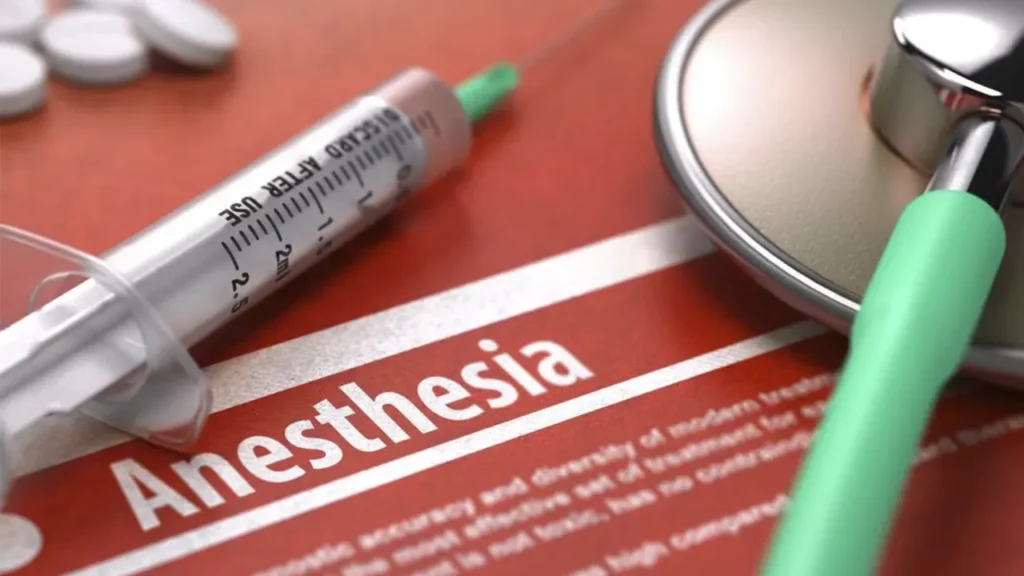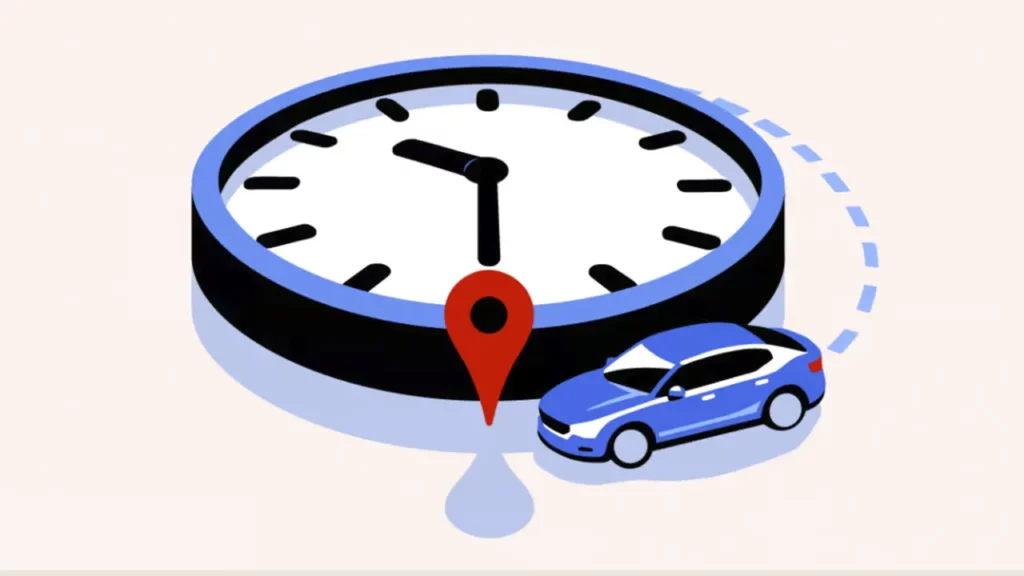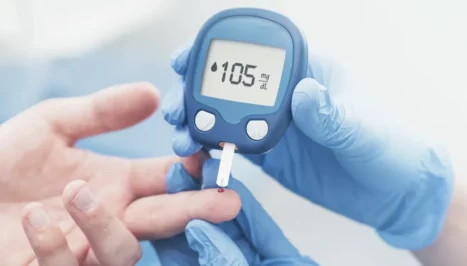When Can You Safely Start Driving After Sleeve Surgery?

“When can I drive again?” This is one of the first and most important questions anyone asks after being discharged from the hospital and thinking about returning to normal life. Driving after sleeve surgery may seem simple, but underestimating it can be dangerous for both you and others.
It’s not just about your physical ability; your mental alertness and reaction time also play a key role. Let’s explore all aspects so you can confidently get back behind the wheel safely.
Why You Shouldn’t Drive Immediately After Surgery
Before discussing timing, it’s important to understand the reasons for this restriction. It’s not unnecessary strictness—there are very real reasons:
Effects of Anesthesia and Pain Medication
This is the biggest reason for avoiding driving after sleeve surgery for several hours to days post-op. Strong anesthesia and painkillers remain in your system for days, significantly affecting brain function, slowing reaction time, causing drowsiness, and impairing judgment. Driving under these conditions is like driving under the influence.

Pain and Limited Mobility
Sleeve surgery involves several small incisions on the abdomen. In the first few days, sudden movements, twisting your torso, or pressing pedals can cause severe pain at incision sites. Imagine an emergency brake situation—the pain could make you lift your foot off the pedal, leading to a dangerous accident.
General Weakness and Fatigue
Your body is dedicating energy to healing. In the first week post-surgery, feeling weak, dizzy, or extremely tired is normal. This is not safe for driving, which requires full focus.
When Is Driving After Sleeve Surgery Safe?
While your bariatric surgeon provides the best guidance based on your recovery, most experts agree on two main conditions:
- You must have completely stopped using opioid painkillers.
- You must be able to perform emergency movements without pain.
Most patients meet these conditions and are ready for driving after sleeve surgery safely within one to two weeks.

Simple Home Test Before Driving
Before driving, sit in your car in a safe location (like a parking lot), fasten your seatbelt, and simulate these actions:
- Quick Turns: Rotate your upper body as if checking a blind spot.
- Emergency Braking: Press the brake pedal firmly and quickly.
If you can perform these movements without sharp pain, stretching, or hesitation, you’re likely physically ready. Pain indicates more healing time is needed.

Approximate Timeline for Activities Post-Sleeve Surgery
| Activity | Approx. Timeline | Key Notes |
|---|---|---|
| Short-distance driving | 1–2 weeks | After stopping opioids and able to react without pain |
| Light walking | Day 1 post-discharge | Crucial for preventing blood clots |
| Returning to office work | 2–4 weeks | Depends on job type and energy level |
| Lifting objects >5 kg | 4–6 weeks | To prevent hernias at incision sites |
| Intense exercise | 4–6+ weeks | Only with surgeon approval |
Tips for Your First Drives After Sleeve Surgery
Once cleared by your surgeon and passed the home test, follow these tips:
- Start with short trips: Avoid long drives or heavy traffic initially.
- Have a companion: A friend or family member can provide support and help if you experience pain or fatigue.

- Adjust your car setup: Move your seat to minimize abdominal pressure and position mirrors to avoid extreme torso twists.
- Listen to your body: If you feel pain, dizziness, or fatigue, stop safely and rest or switch drivers.
Seatbelt Safety
Many patients worry about seatbelt pressure on incisions. Seatbelts are essential and should never be skipped. Tips to reduce pressure:
- Use a folded soft towel or seatbelt pad between the belt and your abdomen.
- Ensure the lower belt rests on your pelvis, not directly on your abdomen.
Key Takeaways About Driving After Sleeve Surgery
Returning to driving marks an important step toward independence and normal life. However, this independence should never compromise safety.
- Be patient.
- Follow your surgeon’s advice.
- Respect your body’s signals.
- Waiting one to two weeks is a tiny price for a lifetime of safe, healthy living.
Also read this: How Hormonal Fluctuations After Gastric Sleeve Can Transform Your Life
FAQs About Driving After Sleeve Surgery
No. You are still under the influence of anesthesia and painkillers, making driving extremely dangerous and illegal.
For jobs requiring long periods behind the wheel and full alertness, a longer rest period (usually 4–6 weeks) is recommended. Consult your surgeon specifically.
Yes, sitting as a passenger is safe from day one post-discharge. For long trips, take breaks every hour to walk and prevent blood clots.
Yes. Driving a manual car may stress your abdominal muscles more due to clutch use and additional body movement.
The main risk is injury from the accident itself, not incision reopening. After two weeks, incisions are mostly healed, though severe impact can damage internal tissues.




